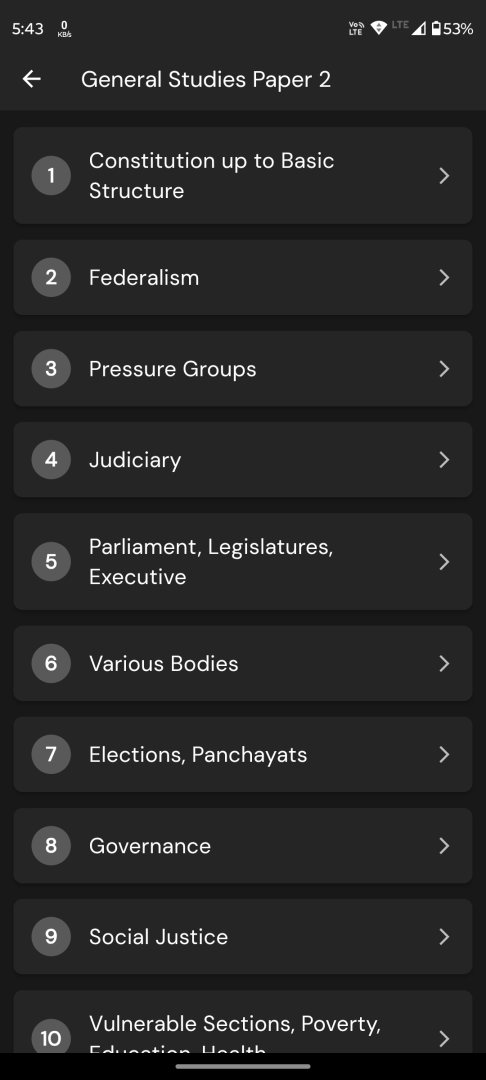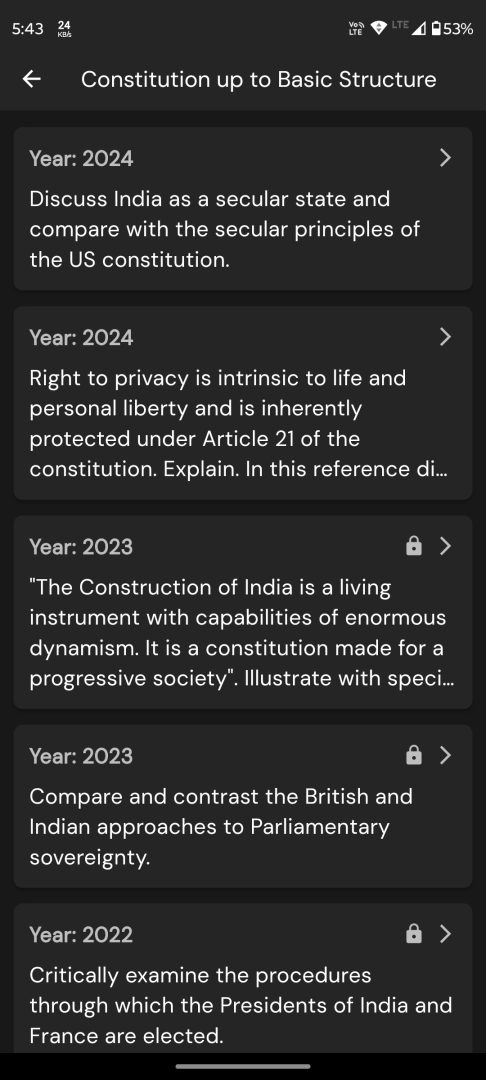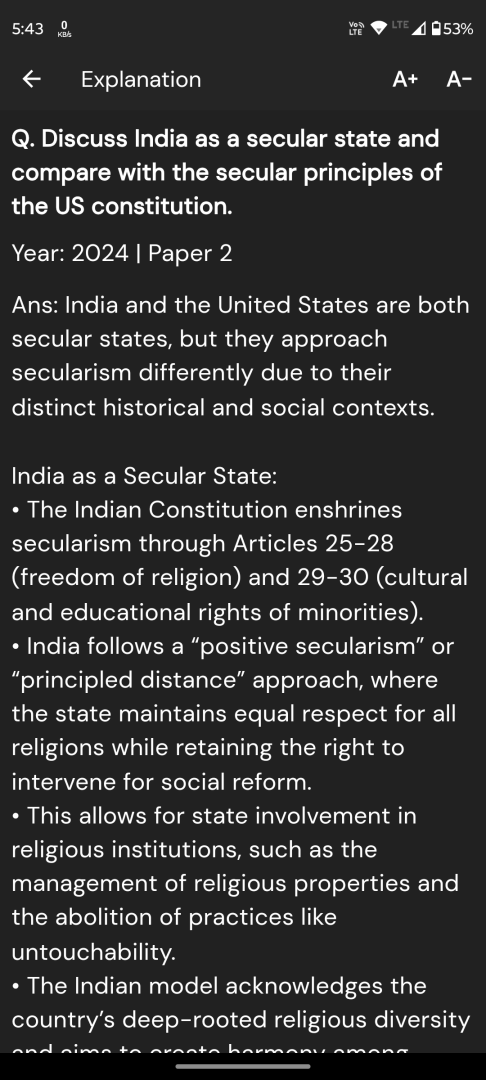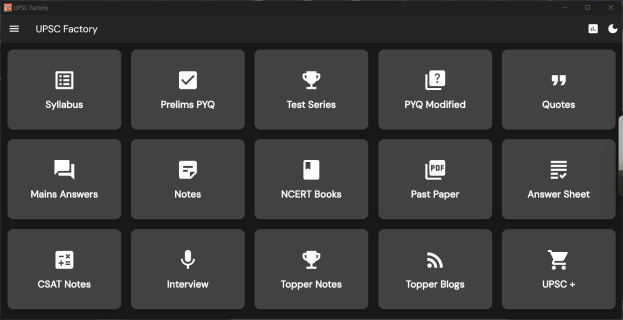Q. Examine the evolving pattern of Centre-State financial relations in the context of planned development in India. How far have the recent reforms impacted the fiscal federalism in India?
UPSC Mains 2025 GS2 Paper
Model Answer:
India’s fiscal federalism has transformed from centralized planning to cooperative federalism, fundamentally reshaping Centre-State financial dynamics post-2014.
Evolution During Planned Development Era (1951-2014)
The Planning Commission era epitomized fiscal centralization through discretionary resource allocation. The dual transfer mechanism created structural dependencies:
• Plan Grants: Conditional transfers by Planning Commission tied states to national priorities, limiting autonomous decision-making (e.g., MGNREGA, SSA implementation).
• Non-Plan Grants: Finance Commission’s formula-based transfers addressed revenue gaps but remained insufficient for developmental needs.
• Centrally Sponsored Schemes: One-size-fits-all approach dominated state budgets, with states contributing matching shares despite varying fiscal capacities (ICDS, Mid-Day Meal Scheme).
This architecture fostered “transfer dependency syndrome” where states aligned development priorities with central schemes to access funds, undermining federal principles.
Impact of Recent Reforms on Fiscal Federalism
Institutional Transformation:
The abolition of Planning Commission (2014) and establishment of NITI Aayog marked a shift from “command-and-control” to “collaborate-and-compete” federalism. This ended discretionary plan grants, enhancing predictability in transfers.
Finance Commission Recommendations:
• The 14th FC’s unprecedented increase in tax devolution from 32% to 42% provided states with untied resources, strengthening fiscal autonomy.
• The 15th FC maintained 41% share while introducing performance-based incentives for health, education outcomes.
GST Implementation (2017):
The GST Council exemplifies cooperative federalism with consensual decision-making. However, states surrendered taxation autonomy, creating revenue dependencies. Compensation mechanism disputes (Kerala, Punjab cases) exposed structural tensions.
Emerging Challenges:
• Cesses and surcharges bypass divisible pool—from 10.4% (2010-11) to 20.7% (2020-21) of gross tax revenue.
• CSS continues at 28 schemes, maintaining conditional transfers.
• Borrowing restrictions under FRBM limit state fiscal flexibility during crises (COVID-19 demonstrated).
Conclusion: While reforms enhanced fiscal autonomy through increased devolution, structural issues persist, necessitating balanced cooperative-competitive federalism framework.




